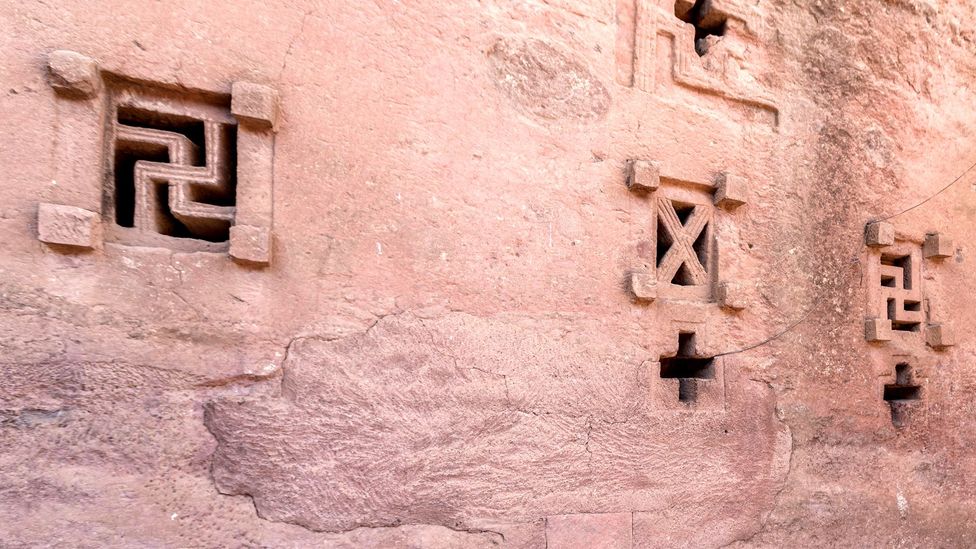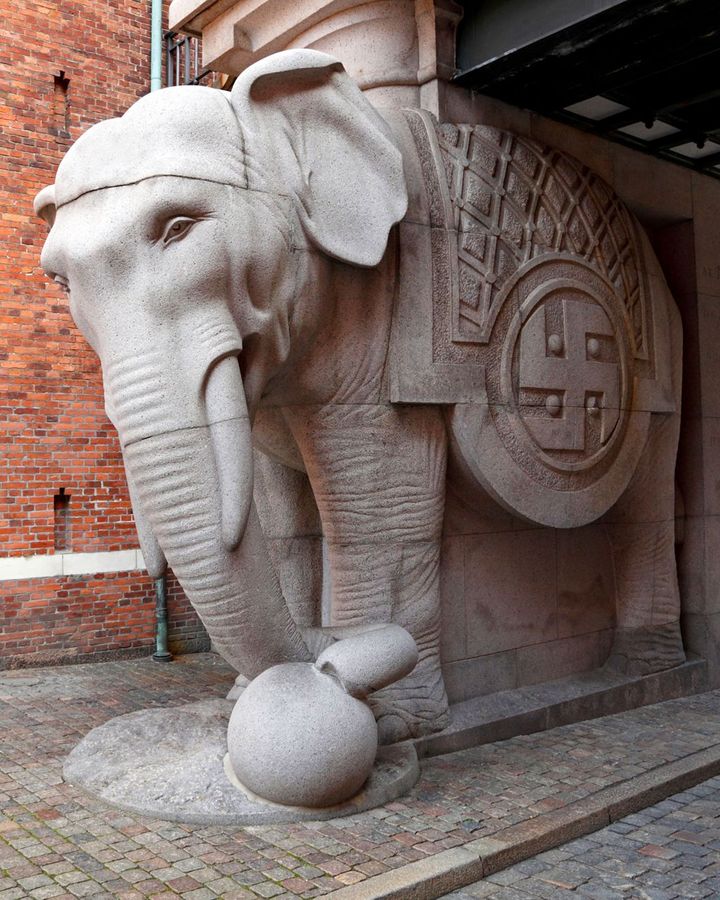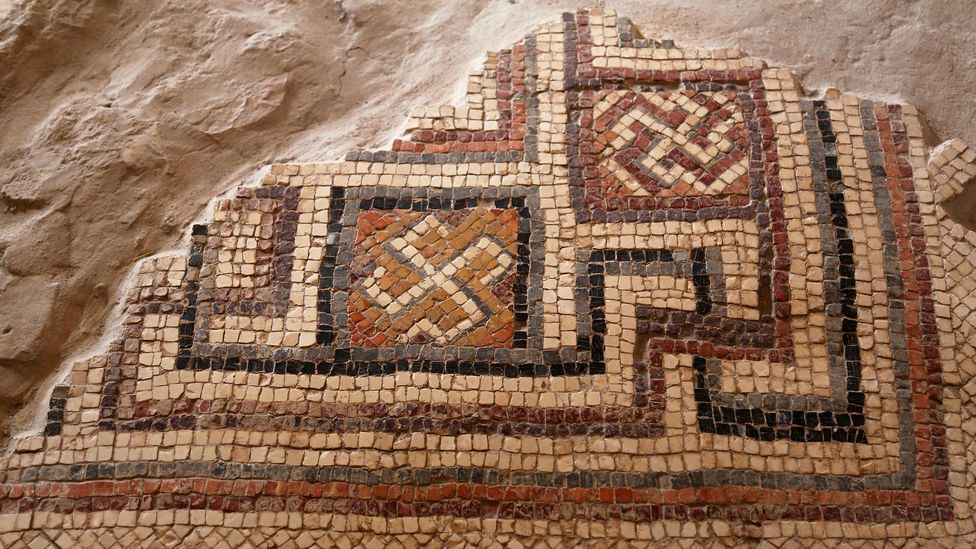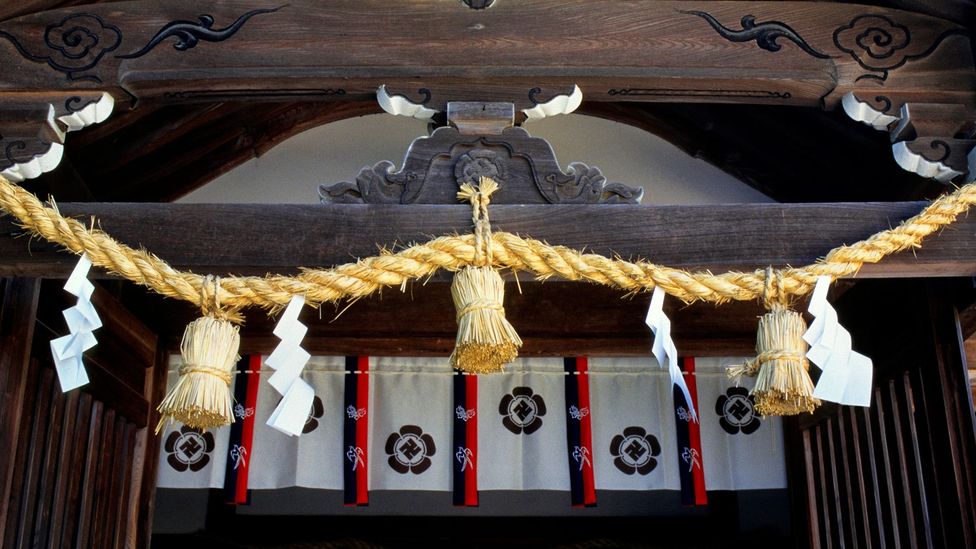By David Giles Global News
Posted August 17, 2021
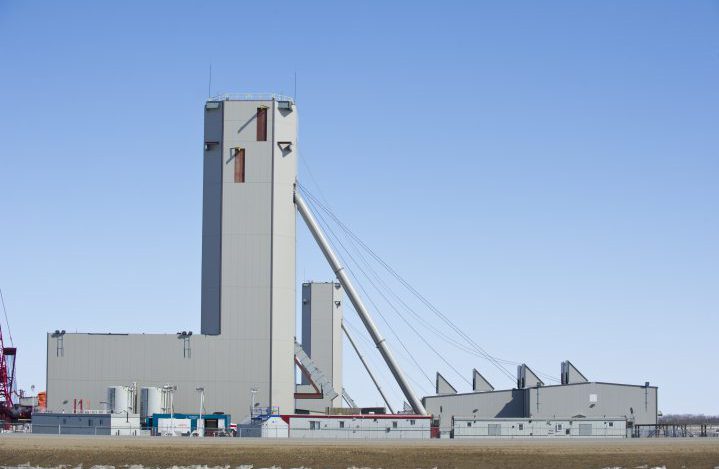
The long-delayed Jansen potash project, located about 140 kilometres east of Saskatoon, is expected to produce about 4.35 million tonnes of potash per year.
BHP Group is going ahead with its oft-delayed Jansen potash project in Saskatchewan.

The Australian mining giant announced Tuesday morning that it has approved $7.5 billion in capital expenditures for the project approximately 140 kilometres east of Saskatoon.
“This is an important milestone for BHP and an investment in a new commodity that we believe will create value for shareholders for generations,” BHP chief executive Mike Henry said in a statement.
“In addition to its merits as a stand-alone project, Jansen also brings with it a series of high returning growth options in an attractive investment jurisdiction.”
READ MORE: BHP sets 2021 timeline for Jansen, Sask. potash mine investment decision
Saskatchewan Premier Scott Moe said this is the single-largest economic investment a company has ever made in the province’s history.
“BHP’s decision highlights the strength of our potash resource and will undoubtedly help build a strong economy for Saskatchewan,” Moe said in a statement.
“We are thrilled to see this landmark potash mine move ahead. This project paves the way to create thousands of good-paying jobs for the people of this province.”
Construction is expected to take six years, with the first ore targeted for 2027.
BHP said the mine is expected to produce 4.35 million tonnes of potash yearly with the potential for future expansion.
Henry said Jansen is located in the world’s best potash basin and opens a new front for the company to grow.
He predicted operations at the mine will last for 100 years.
“Jansen will deliver healthy returns as a high-margin, expandable resource which can support a century or more of operations,” Henry said.
“Potash provides BHP with greater diversification by commodity, country, and customer. This is a new and exciting chapter in BHP’s history.”
READ MORE: BHP delays decision on Jansen potash mine
Economic spinoffs
BHP said the project will create 3,500 jobs at its peak construction and 600 jobs in ongoing operations.
The company said its workforce will be gender-balanced and Indigenous employees will make up 20 per cent of the labor force.
BHP said there will be economic opportunities for local and Indigenous companies.
It has signed opportunity agreements with six First Nations around the Jansen site.
Energy and Resources Minister Bronwyn Eyre said the news of the project shows the investment climate is strong in Saskatchewan.
“The positive economic impact of this decision for our province cannot be overstated,” she said.
“The Jansen Mine will generate tens of billions of dollars in taxes and royalties and create thousands of quality jobs for the people of Saskatchewan.”
BHP also said it has signed a deal with Westshore Terminals in Delta, B.C., to handle the potash that will be shipped to export markets.
Analyst says Jansen mine catalyst for ‘Saskaboom 2.0’
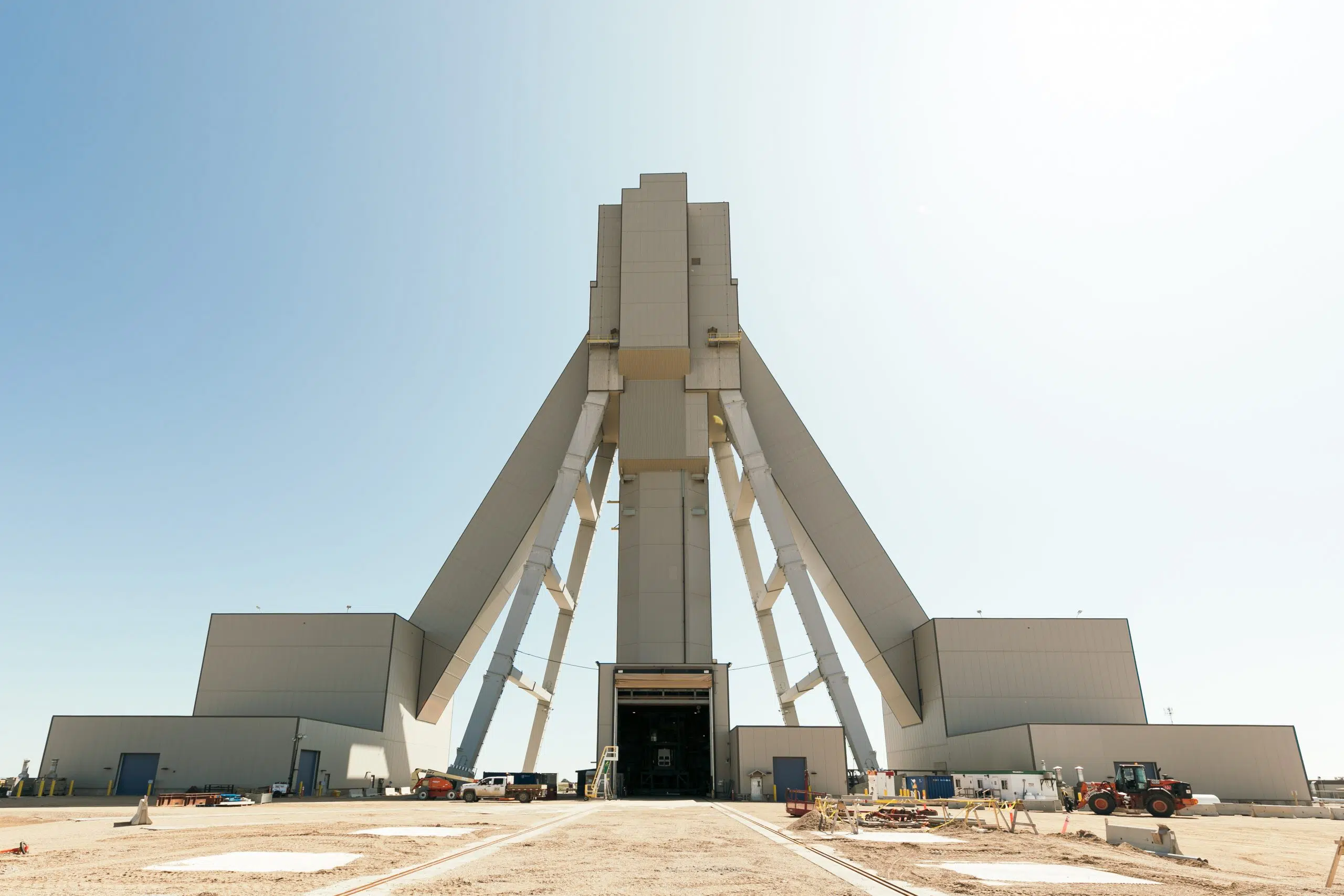
The BHP Jansen potash mine, located about 140 kilometres east of Saskatoon. (Supplied)
A Saskatchewan business analyst says the province will see the economic spinoffs of a new potash mine for years to come.
BHP announced Tuesday it will bring its long-delayed Jansen potash project into production. The $7.5 billion capital investment includes the construction of an underground mine, processing facility and rail infrastructure.
“It adds to the value or worth of the province,” said business commentator Paul Martin.
“Once you build a mine you can’t unbuild a mine. Saskatchewan will be forever changed by this.”
The ripple effects, Martin says will be felt for a long time with new jobs, investment at the community level and new royalty revenue for the provincial government.
BHP has spent billions already on the project that has been touted as the largest potash mine in the world, with annual production of 4.35 million tonnes.
Martin believes there’s room for another mine despite the potash industry just going through a major expansion.
“Global populations are growing; demand for food and fertilizer as a consequence is growing. By the time this (mine) comes on stream the demand should have caught up to all the growth (Saskatchewan) did in the last 10 years and it should not over-saturate the market. It should be just in time, is what (BHP) is betting on,” said Martin.
According to Martin, global commodity markets are in the early stages of a resurgence and the Jansen mine will help the province capitalize on that growth.
“Saskatchewan’s economy is taking off right now and it’s being pushed by investment capital,” he said.
“Saskatchewan is back into Sashays and Sashays 2.0.”
CTV News SaskatoonStaff
Published Tuesday, August 17, 2021
NOW PLAYING
WATCH: CTV Saskatoon’s Pat McKay gets reaction to the largest investment in Saskatchewan’s history.
SASKATOON -- BHP has announced it will pour billions of dollars into a potash mine southeast of Saskatoon.
On Tuesday, the Australian firm said it has approved $7.5 billion in spending for its Jansen potash mine.
The mine has been in the works for a decade but a sluggish potash market had stalled the project.
Related Stories
Jansen area residents optimistic for local economy after BHP mine announcement
Potash mine project in Jansen, Sask. put on hold
"This is an important milestone for BHP and an investment in a new commodity that we believe will create value for shareholders for generations," the firm's CEO Mike Henry said in a news release.
The Jansen Stage 1 project is expected to produce 4.5 million tonnes of potash a year, according to the company.
The community of Jansen is located roughly 150 kilometres from Saskatoon.
Premier Scott Moe was beaming during a news conference held in Regina Tuesday morning.
"While we were all sleeping last night one of the largest mining companies in the world approved one of the largest projects in their history, " Moe said, desribing the project as the "largest private economic investment" in Saskatchewan history.
"It certainly isn't every day in Saskatchewan or anywhere else where we have the opportunity to announce a new mine in the province, certainly not one the size and scope of what we are announcing here today," Moe said.
The province estimates the project will create around 3,500 jobs annually during construction and and provide direct employment for 600 workers once it is up and running.
Construction is expected to take six years, followed by a two-year "ramp-up" period.
The mine could operate for up to a century, according to BHP.
According to the company, it has already epent over $5.6 billion on the project over the years, describing the cost as a "significant initial outlay."
The firm said its approach would be different if considering the project again today.
As it shared news of its multi-billion dollar bet on the Saskatchewan mine, the firm also announced it would spin off its petroleum business.
"Our petroleum and Jansen decisions will increase the weighting of BHP’s remaining portfolio towards the future facing commodities that are most positively leveraged towards population growth, rising living standards, electrification and decarbonisation," Henry said in a note to shareholders.




